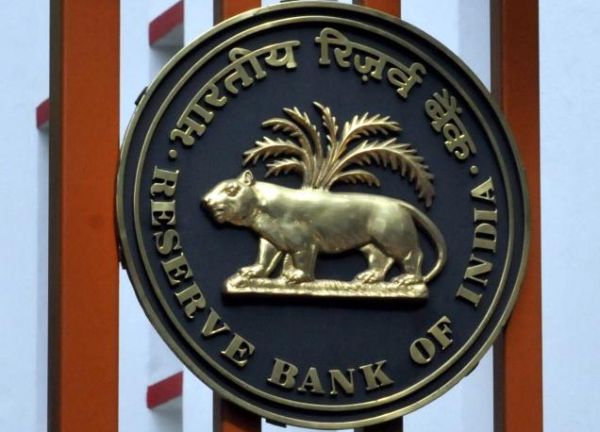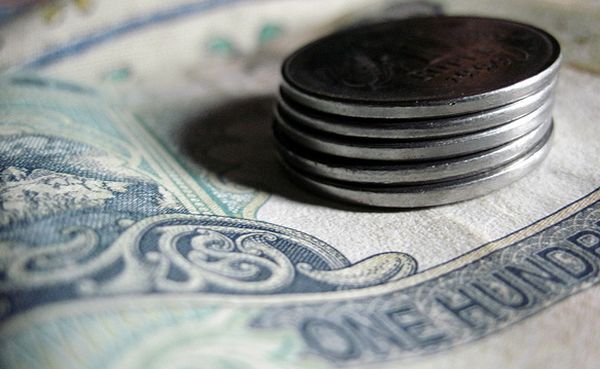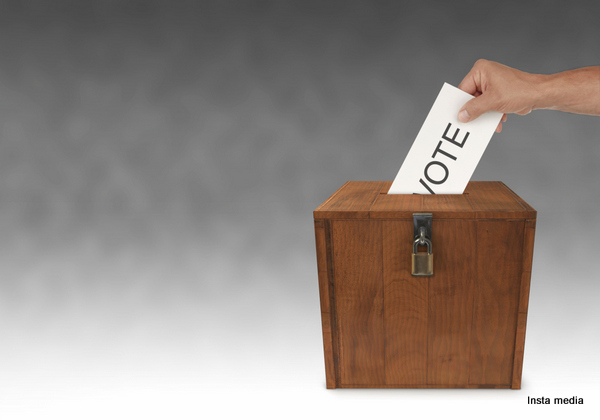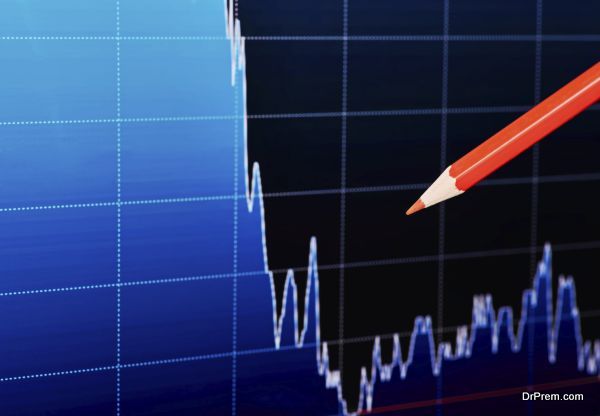The Sensex has been rising steadily in lieu with the upcoming elections. With the entire nation expecting a massive change to take place in the next few months (most know what and who would be behind that change), the Indian economy is starting to look up a bit. However, there is still that fear of the unknown that would make growth and salvation a long and arduous struggle for the country.

The Indian economy has been facing a deep crisis for the past few years. Foretold many times, the crisis can be considered as cyclical, with the government not focusing on the productivity of the resources that are deployed or the growing deficits that could possibly confiscate future incomes and wealth. Which makes us wonder, has India and its politicians learnt anything from the crisis that shook the country in 1990-91?
Reports reveal that the Indian Government borrowed INR 22 crore a day in 1991-92. This figure will shoot up to INR 68 crore a hour (that means INR 1635 crore a day) in 2014-15. Of the total amount, INR 1169 crore will be borrowed only for paying interest to past loans. In case an organization was in the same situation, it would be considered bankrupt.

Many argue that the government needs to find additional resources to fund the nation’s developments instead of borrowing funds. Figures indicate that India’s GDP rose to $1.8 trillion from $275 million along with borrowings that increased to INR 6 lakh crore from INR 8279 crore. The tax revenue also shot up to INR 986417 crore from INR 50069 crore, indicating that between 1990 and 1991, the nation’s GDP increased 6.5 times, tax revenues increased 19 times and the borrowings increased 72 times.
Some argue that the money borrowed would be necessary for subsidies. Even if that is taken into account, India’s subsidy amount increased 20 times in this period. However, the country falls behind Brazil and China in issues like eradicating poverty, with a rank of 136 out of 186 by the UN Human Development Index.

Much of India’s failure in this area can be attributed to its voters and their failure to hold parties that are accountable for these outcomes. For instance, no one has asked why the MGNREGS that was formulated over 9 years ago has still delivered jobs only to a small fraction of the rural workforce. While it has increased basic wages, the organization has not done anything to offer competing jobs at the same levels.
The nation’s political economy can be distributed across five quintiles. While the bottom three areas are managed by those seeking entitlements, on the other, the top two areas come under the governance of those who extract rent from the system to fund their business models and at the same time, expand entitlement in order to retain their own share in the political market. This can be considered as non-merit politics, which would not allow the country’s economy to improve.
Summary
Indian politics today is centered on equity without efficiency. With the elections approaching next month, the economy has started to see a slight improvement. However, in order to recover fully, India would need to take on a long, hard struggle head on. And the next government to set up shop would need to deliver on their promises rather than just parade around recreating the economic crisis of the 90s.



